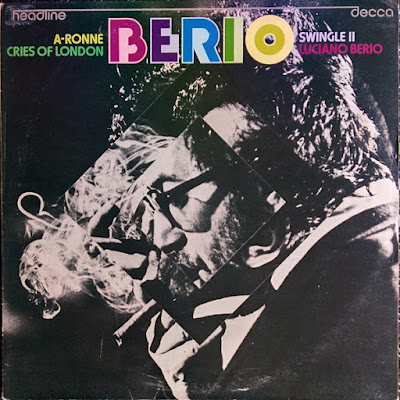Every (little) once in a while one is exposed to pop music that is perfect. Usually, it comes from the unknown, or one may just read a paragraph in a musical weekly, and somehow it captures one's attention. For me, two things got my attention on Cowboys International's "Original Sin." Keith Levene plays guitar on one song on it. At the time, 1979, my life was totally devoted to Public Image Ltd. (PIL). The Sex Pistols were of course, great, but what Johnny Rotten did afterward was the great adventure for me with respect to hearing new sounds. Such a devoted fan of the first two PIL albums, that I purchased hard-to-find 12" singles by both Levene as well as recordings by Jah Wobble. So, obviously Cowboys International should be of great interest. The second thing is the cover of the album. It came in a vinyl plastic clear colored bag, where you can see the inner sleeve cover - which listed the name of the band, the songs, and credits. The design was and is so smart looking. No way in heaven or hell can this possibly be a bad album.
In 1979, I put this album on my turntable and I think something in me changed a bit. What I wasn't expecting was a perfect pop album. I thought through the PIL connection, it would be noisy, chaotic perhaps - but no. This is a very proper pop album. Electronic, guitar, bass, drums, and Ken Lockie's beautiful sad voice. "Thrash" is clearly one of the great singles of the 70s that should have been called out as a classic. The fact that the press and public missed the boat on this, is a tragedy in my mind. The songs are so tuneful that if he wasn't singing in English you would think it was a classic French pop song. Jacno or Gainsbourg level of genius pop. But no, Ken Lockie, the headman of the band, is a brilliant songwriter.
"Here Comes a Saturday" is just perfect. Noel Coward meets Morrissey. Yes, but very much a Lockie piece of work. Wistful, sad, and almost British sink level of misery, yet a song of great beauty. This is music that has no trace of the blues, or even rock tradition. Perhaps in British music halls as well as music that's rooted in strong melodies. For the modern listener, I think the closest artists would be a Morrissey and Sparks combination. The music, if eccentric, is mostly that it's due to wit, charm, and unforgettable melodies. Clearly, this is a desert island must-have. A lot of energy and beauty on this album.











































